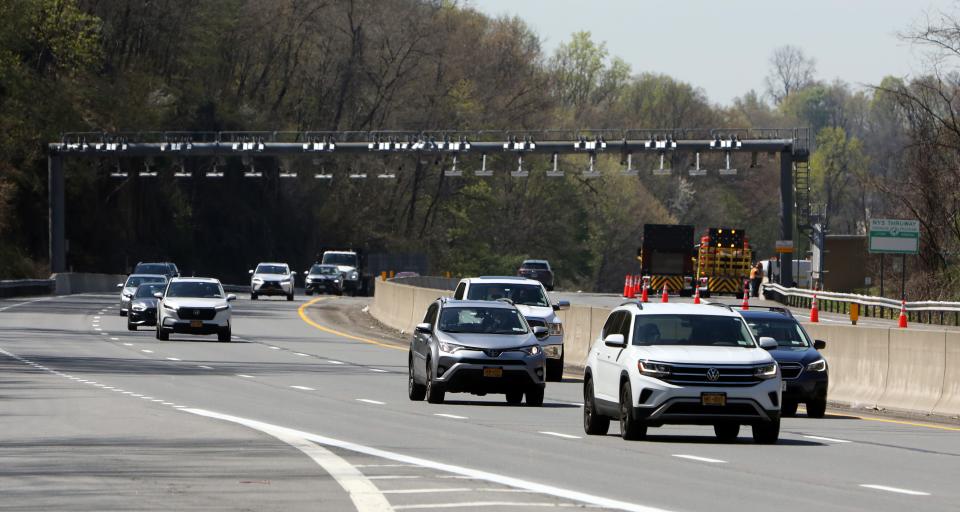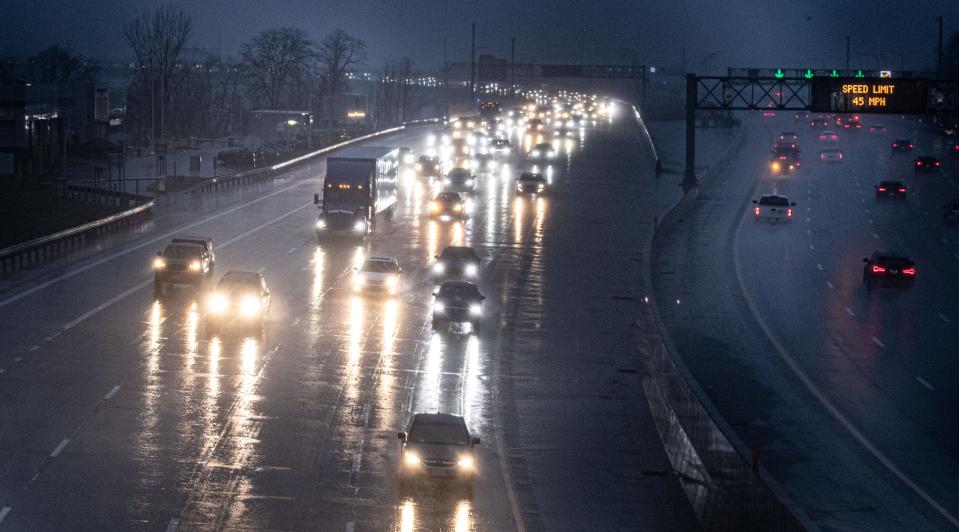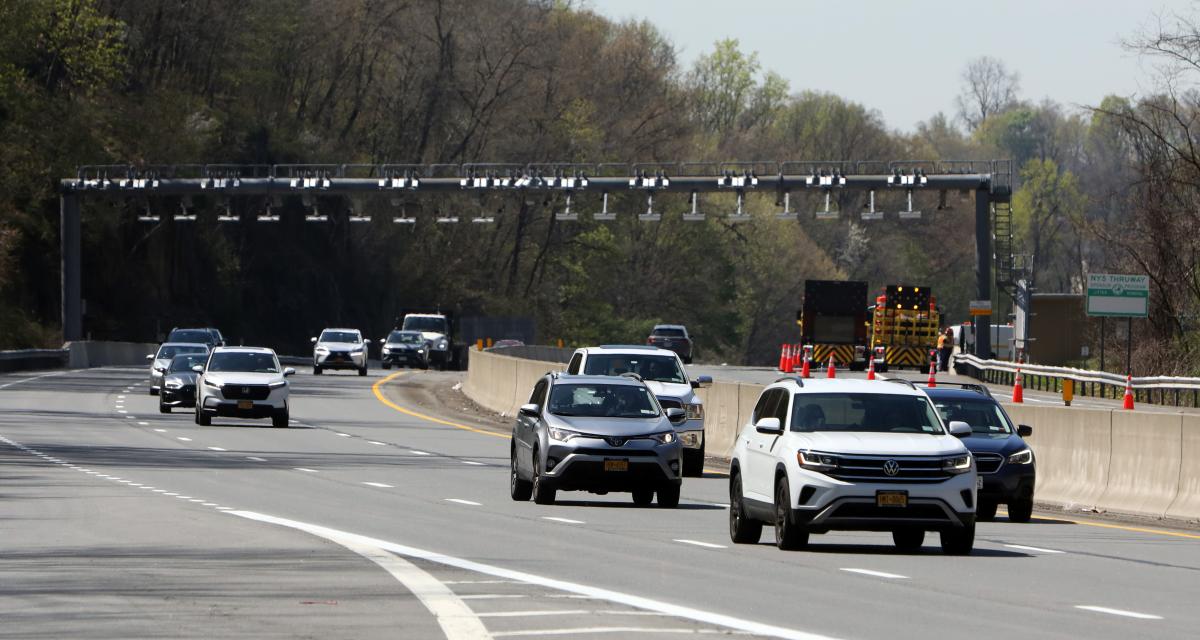New York is finally taking steps to curb a lingering pitfall of its transition to cashless tolling: drivers racked with big debts for unpaid toll bills they may never have seen.
State lawmakers have pitched policy changes for six years to help those toll payers, only for two governors — Andrew Cuomo and then Kathy Hochul — to veto their bills three times. But their push led to a compromise in last month’s state budget: new collection rules that at least aim to make sure drivers know about their charges and how to dispute them if they were improperly billed.
The rules affect only drivers who forgo E-ZPass. Those who have the electronic devices in their vehicles are automatically charged for tolls when they cross bridges and tunnels or travel the Thruway. But those who don’t are billed by mail after cameras take pictures of their license plates.

That’s where problems have cropped up since the state began removing manned toll booths to speed traffic flow around 2016. Tales emerged of drivers facing thousands of dollars in debt for piles of tolls and late fees, with some claiming they never saw the original bills.
In one case reported by The Journal News/lohud in 2018, a Rockland County mother was shocked to learn she owed $12,000 for trips across the Tappan Zee Bridge (and the Gov. Mario M. Cuomo Bridge that replaced it). She only learned of her alleged debt when police stopped and impounded her car in the Bronx as she was driving home from the airport with her two children and 79-year-old mother.
It took months — and cost thousands — for her to find and retrieve her car and resolve the charges.
Artful dodgers: Unpaid tolls surging on NY Thruway. What tricks are drivers using to avoid detection?
Under the rules enacted last month in the state budget and due to take effect Sept. 30, the Thruway Authority, the Bridge Authority and other public authorities that collect tolls in New York must take the following steps:
-
Drivers must be given 30 days from the billing date to pay a toll and billed a second time before being sent a violation notice.
-
Bills must explain how to dispute a charge and warn about late fees for unpaid bills and the potential for cars to be towed or immobilized after multiple offenses.
-
Drivers can opt to be notified by email or text about tolls and violation notices.
-
Late fees are waived if the violation notice is sent 90 or more days after the second bill.
-
Authorities must make information about outstanding tolls accessible to drivers on their websites.


Authorities also must open toll payer advocate offices to resolve disputes and address systemic problems, and launch public outreach campaigns within 90 days of Sept. 1 to inform drivers about the new rules. Some of those agencies, including the Thruway Authority, already have advocate offices.
Cuomo toll: Yes, you’re paying more to cross the Mario M. Cuomo Bridge this year. Here’s a breakdown.
The bill version that Hochul vetoed in 2022 would have gone further, capping late fees, creating an amnesty program for unpaid bills, and quashing any bills mailed to drivers later than 30 days after the toll was incurred.
In her veto message, Hochul argued the proposal would make it harder and more expensive for authorities to collect valid tolls and fines. That could shrink their revenue and endanger bonds they have issued, which are backed by their anticipated revenue, she said.
Chris McKenna covers government and politics for The Journal News and USA Today Network. Reach him at cmckenna@gannett.com.
This article originally appeared on Rockland/Westchester Journal News: NY’s new mailed toll rules meant to protect drivers from debt. How?
